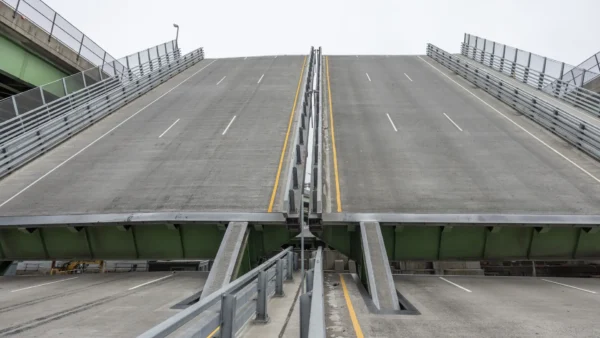
Construction has begun on the second phase of China’s “compound eye”, a radar system that scans space in search of asteroids on a collision course with the Earth.
It is being built near Chongqing in central China under the sponsorship of the China National Space Administration.
The world’s most powerful space observation radar, it can bounce microwaves off objects in the solar system to determine their trajectories to calculate whether their paths will intersect with Earth’s orbit.
The first phase, consisting of four 16m-diameter radars, was completed in December after six months’ work. Scientists then targeted the Moon for proof-of-concept tests.
The next phase will involve building 25 antennas with a diameter of 30m on a 20ha site.
Zeng Tao, deputy director of the Radar Technology Research Institute at the Beijing Institute of Technology, told Chinese news site CGTN that the eye was “a breakthrough in radar technology”.
He said that when the radars are complete in 2025, it will be possible to detect an asteroid 12m wide at 10 million kilometres. He said it would be possible to determine what it is composed of its rate of rotation and the change in its orbit after it is hit by a deflection missile.
It will also be able to create high-resolution images of bodies such as the Moon, Venus, Mars and Jupiter, and may assist China’s plans to mine asteroids for rare and precious metals. It has been estimated that an asteroid with the surface area of a football pitch may contain up to $50bn of platinum and palladium.
The third phase of the project will add further smaller arrays to expand the system’s detection range to 150 million kilometres.
China National Space Administration announced last April that it was working on a planetary defence plan that includes asteroid-deflection missiles similar to Nasa’s DART system.
Further reading:






